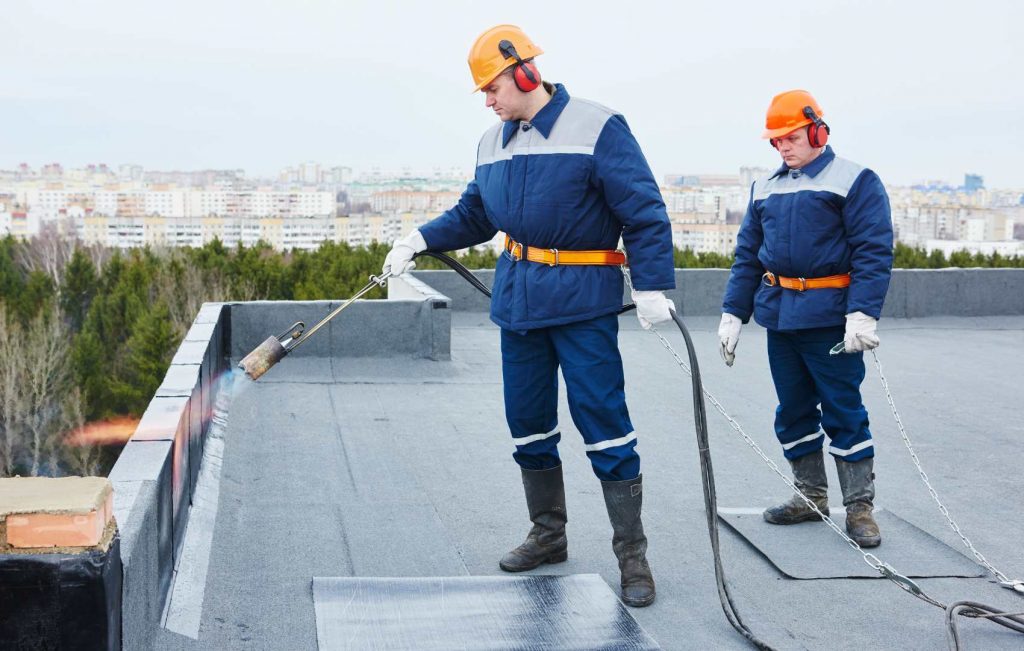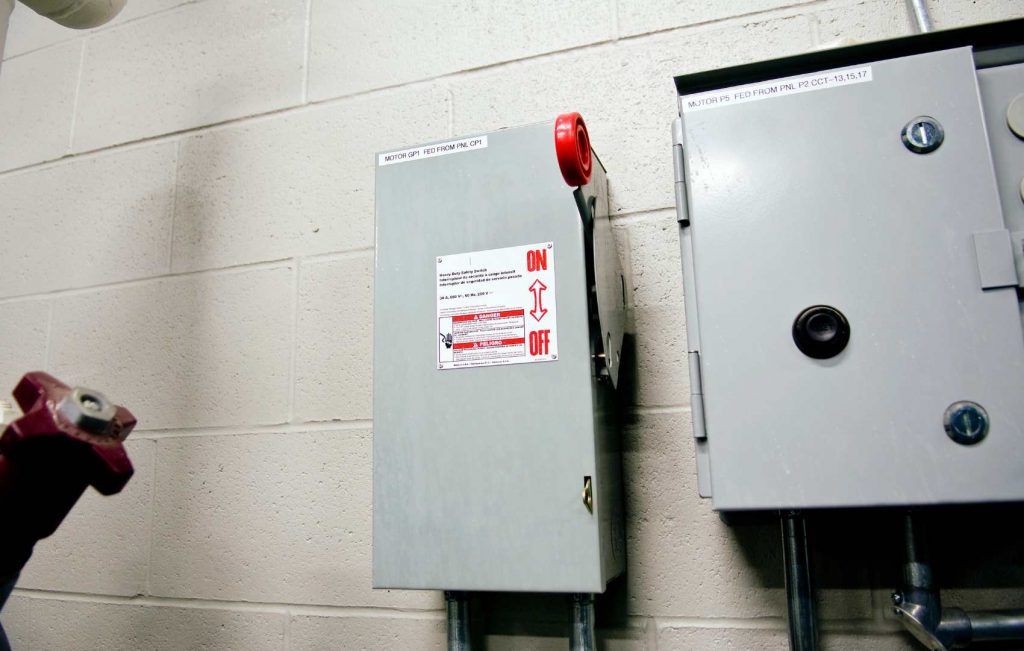In construction there should be a level of planning in every phase of a project. One of the management tools used during construction is called a pre-task planning form. The form is used while conducting a meeting before a new or major activity is done on the jobsite.
Pre-task planning is completed by the job leaders and usually involves a meeting with the crew members. In this meeting they discuss the scope of work, safety hazards, hazard controls, tools/equipment needed, and more. Job leaders will typically use a checklist to follow along to ensure everything is covered for the activity.
The Construction Pre-Task Planning Form Template
If you need a template for your next pre-task planning meeting, click here. I’ve created a Google sheets template that you can utilize. Click the link and create a copy so you can edit the document as needed.

It’s good to have multiple copies of this printed and kept at the job site. This way the form is readily available when the next meeting needs to be held.
When Does Pre-Task Planning Need to be Done?
As mentioned above, pre-task planning should be completed prior to starting a new or major activity. Some teams might conduct this meeting daily, but just keep in mind that these meetings take up the crew’s time. If you’re working on a complex task, then I would suggest daily meetings, otherwise it might not be worth it.
You might be wondering, what does it mean to start a new or major activity? If you have a construction schedule for the project, you can consider each line item to be a new activity.
Otherwise, one example is when the project has hit the point where the rough carpentry is finished and progressing to electrical rough-in. These are two activities done by different trades so they will have different crews. A superintendent for the general contractor will need to hold another pre-task meeting with the electricians to clarify their scope of work.
When it comes to major activities, this would involve your crane lifts, electrical outages, confined space, or hot work. These would be considered major activities because of potential hazards they present put workers safety at risk. If the team does not take the time to go over the task, this can increase the safety risk.

A crane lift is a hazardous activity and all workers should take caution when approaching this work. This would be a major task on the job site.
Your goal should be to present these risks to implement a level of safety control. When the crew is aware of the hazards, they know what to look for and can approach the task with some caution.
Most job sites have a safety program which requires review of the high risk activities prior to work starting. During the pre-task planning meeting they might use a job hazard analysis (JHA) or activity hazard analysis (AHA) form. These forms will detail all the risks associated with the task.
What Should be Discussed During Pre-Task Planning Meetings?
So, by this point you probably understand that pre-task planning is completed for construction tasks. The items that are covered include the scope of work, hazard analysis, and hazard controls. Let’s go into more detail on each of these items and what you should cover in the meeting.
Scope of Work:
The scope of the activity is the work that is required to be completed based on the project drawings and specifications. Here you can clearly define what needs to be done and make sure the team is well informed. If they know the scope then this will reduce the chance of any rework needing to be done.
This is also where you will need to mention any special requirements from the plans and specs. If the specs call for a certain material to be used, mention it during the pre-task meeting. If the drawings show specific sizing and on-center dimensions for rebar installation, mention it here.
These are just a few examples of what you should discuss during this portion of the pre-task meeting. Without a clear understanding of the work assignment, that’s where you will get into trouble with engineers. If they see that your work does not meet their specs or drawings, you’ll end up redoing the work.
Also, this is a good time to lay out the equipment needs for the activity. If the work is elevated, then the crew will need to make use of a man lift of some sort. It should be discussed if the general contractors lift will be used or if one has been provided by the subcontractor.
Hazard Analysis:
Here you will identify all the safety hazards that are associated with the specific task. Let’s say you have some roofing work to be done, the workers need to know where the hazards are present. With roofing it’s obvious that there’s a fall hazard, but clearly state the risk and the requirements for fall protection.

The use of fall protection will break the fall if a worker loses their balance and almost risks falling off a roof.
This is critical when you’re performing any major activities. Tasks such as crane lifts, confined space, and hot work can present a high risk for the crew’s well being. With major activities, the procedures need to be laid out for the day’s work.

Hot work needs to have someone on standby as a fire watch to make sure the construction material does not ignite.
With major tasks, it would be a good idea to include the project safety manager to discuss the risks. They can also provide instructions on some safety measures to implement to prevent any injuries or damage. Pre-task safety is something that you should take your time in discussing to protect the work crew.
For some additional examples of potential hazards, refer back to the template I provided in the beginning of the article.
Hazard Controls:
With hazard controls, the idea is to mitigate or eliminate the safety risk in the work area. The safety manager will need to develop a plan to implement the controls. This will require a careful planning process to remain compliant with OSHA requirements.

When working with electrical equipment, you’re required to lock out and tag out a disconnect or breaker panel to prevent electrocution. This is an example of hazard controls.
Let’s look at an example of hazard controls, I’m going to use the roofing example again here. Per OSHA, section 1926.501(b)(10) sets the fall protection requirement for roofing work on low slope roofs. It states that an employer may use warning lines 6 feet from the edge in place of personal fall protection.
You can learn more here on roofing safety here.
If the worker goes within the 6 feet space, then they will need to put on some fall protection. This sets a clear outline of when they need to wear a harness so they can perform safe work practices.
This type of method can be applied to various tasks in the construction industry. You will just need to work with the safety manager to determine your available options.
Potential hazards are everywhere at a construction site, it’s the safety professionals responsibility to monitor and control these hazards. They will typically come up with a safety plan for the job site. This document should cover the plan to maintain site safety along with a JHA for each task, and toolbox talks.
Toolbox talks cover a safety hazard that could be applicable to your project. There’s many topics so you can find some applicable to your scope of work. The toolbox talk is a document which outlines a potential safety risk and also gives a real world scenario.
The toolbox talk is meant to keep the team members aware of the hazards on a jobsite. This is done on a weekly basis and it provides a reminder that construction work can be dangerous.
Additional Safety Measures Applied to Pre-Task Planning
Other topics that should be covered are things such as use of personal protective equipment (PPE). On most construction projects, the default requirement is hard hat, boots, and safety glasses. This can change though as during the pandemic, most jobs were requiring a face covering to continue working.
Worksite conditions is also a good topic to be discussed. If the conditions are dangerous, then the safety manager should mention what safety measures were applied.
One thing I should also mention is the orientation that should be held for any new employees in the workplaces. This involves reviewing the company’s immediate response plan, location of the first aid kit, eyewash station, and fire extinguisher. This applies to both the office and field for any project.
Key Takeaways
The daily tasks of construction all have associated risks, by performing adequate planning ideally you reduce the risks. In this industry we all just want the success of a construction project, so we need to plan constantly to make that happen.
Project managers are not exempt from understanding the requirements of pre-task planning. In fact, if you’re in a smaller company, expect that the project manager will be leading some of these meetings.
Know that with a lack of planning, you increase the chance for something going wrong on the job. If there’s a workplace injury or accident, this will cost the company money for workers comp or fix the damages. If your crew performs a task incorrectly because they weren’t informed on the scope, this will cost money to correct it.
You can see how important planning is, and utilizing pre-task meetings is just one tool that we can use. With proper planning we increase our chances of success.
Thank you for reading.
Table of Contents
